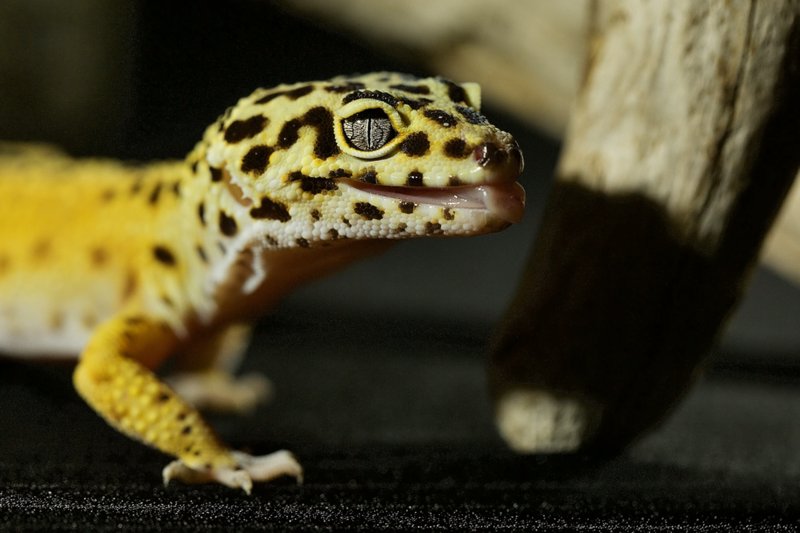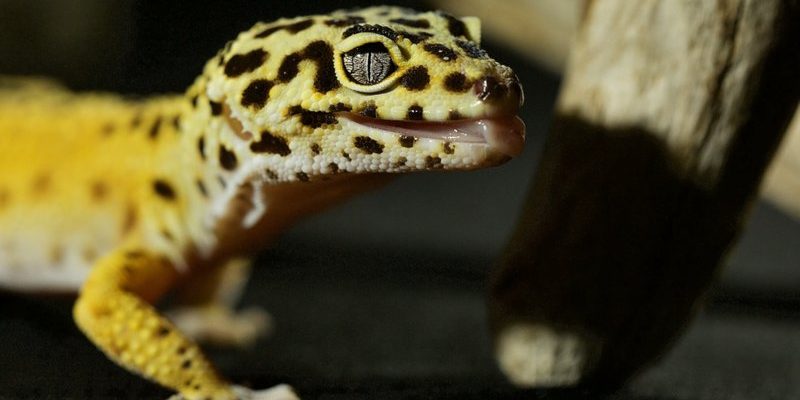
Setting up the perfect habitat involves a lot of little details. Just like you wouldn’t want to watch TV with a remote that doesn’t work, your gecko’s setup needs to be spot on. Imagine you have a remote for your favorite electronic device; it’s handy, but if the batteries are dead, it’s just a fancy piece of plastic! Similarly, if your gecko’s UVB needs aren’t met, it could lead to some serious health issues over time. So, let’s break it down.
What Is UVB Light?
UVB light is a special type of ultraviolet light that comes from the sun. It’s divided into three categories: UVA, UVB, and UVC, where UVB is the middle child. This light is crucial for many reptiles because it helps them produce vitamin D3, which is essential for calcium absorption. Without adequate UVB light, a leopard gecko can suffer from metabolic bone disease, which impacts their bones and overall well-being.
Think of UVB like a booster shot for your gecko. Just as you might need extra vitamins to stay in good shape, your gecko requires UVB to stay healthy. In the wild, they bask under the sun, soaking up those important rays. In captivity, however, we need to replicate that environment as best as we can.
Do Leopard Geckos Need UVB Light?
Here’s the million-dollar question: do leopard geckos really need UVB light? The answer isn’t a simple yes or no—it depends on a few factors. Traditionally, many owners believed leopard geckos didn’t need UVB because they’re primarily nocturnal. However, experts now suggest that providing a moderate amount of UVB can be beneficial.
If you keep your gecko in a well-lit room where natural sunlight spills through during the day, they might not need additional UVB. But if your home is dark or you’re using dim lighting, a UVB bulb can help. It’s like giving them a little taste of the sun they miss out on!
Benefits of UVB for Leopard Geckos
Let’s look at why adding UVB light can be so helpful:
- Bone Health: As we mentioned, UVB helps produce vitamin D3, which is vital for calcium absorption. Healthy bones mean a happier gecko.
- Activity Levels: Adequate UVB might encourage more active behavior. Your gecko could be more lively when they’re getting the right light!
- Digestive Aid: Just like humans need sunlight for our mood, reptiles benefit in similar ways. UVB can improve their digestion and metabolism.
Choosing the Right UVB Light
Once you decide to provide UVB light, the next step is choosing the right type. There are different options available, like fluorescent tubes and compact bulbs. Fluorescent tubes are often recommended for larger enclosures, while compact bulbs work well in smaller setups.
Ensure the UVB light is not too strong. A 5.0 UVB is usually sufficient for leopard geckos, providing a balanced exposure without overwhelming them. You want to create a comfortable basking spot where they can safely soak up the rays.
Placement Matters
The placement of your UVB light is crucial. You’ll want it to be positioned above the basking area, ensuring that your gecko can get close enough to benefit from the rays. A distance of 12-18 inches is usually ideal, but always check the manufacturer’s instructions. Don’t forget to use a timer to mimic the natural day-night cycle!
How to Ensure Your Gecko Gets Enough UVB
Just like you might forget to turn off your favorite show, it’s easy to overlook regular checks on your gecko’s setup. Here are some tips to help monitor their UVB exposure:
- Lighting Schedule: Use a timer to provide consistent light cycles. Around 10-12 hours of light daily is a good rule of thumb.
- Replace Bulbs Regularly: UVB bulbs lose their effectiveness over time. Usually, you should replace them every 6-12 months, depending on the brand.
- Watch for Behavior Changes: If your gecko seems more sluggish than usual or shows signs of metabolic issues, it might be worth checking their UVB exposure.
Alternatives to UVB Light
If you’re not keen on using UVB light, there are some alternatives, although they might not be as effective. Natural sunlight is a fantastic option if you have a safe outdoor space where your gecko can bask. Just be sure to supervise them to avoid overheating or escape!
Another option is using a heat lamp combined with proper supplementation. However, without UVB, you may still run the risk of calcium deficiency. It’s always best to research and consult with a vet if you choose this path.
In summary, while leopard geckos are resilient little creatures that can thrive in various conditions, providing them with UVB light can dramatically enhance their quality of life. It’s like giving them a sunny spot to hang out, just as nature intended. By understanding their needs and creating a balanced environment, you’re all set to enjoy the company of your gecko for many years to come.
So, whether you go for a UVB bulb or let them bask outdoors, you’re fostering a happy, healthy pet. Just remember to keep reviewing their setup, check for that balance of light, and enjoy watching your little desert dinosaur thrive!

